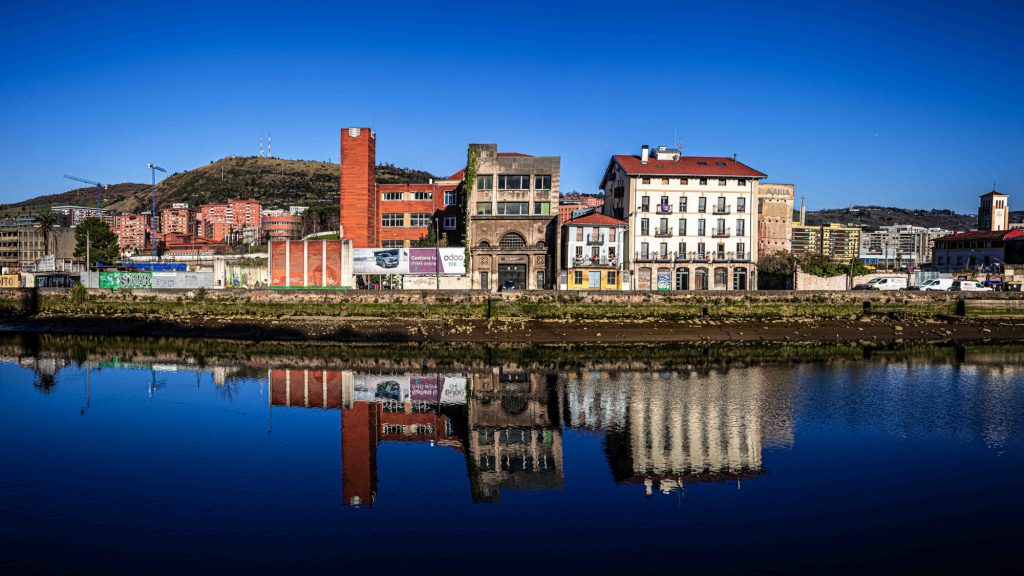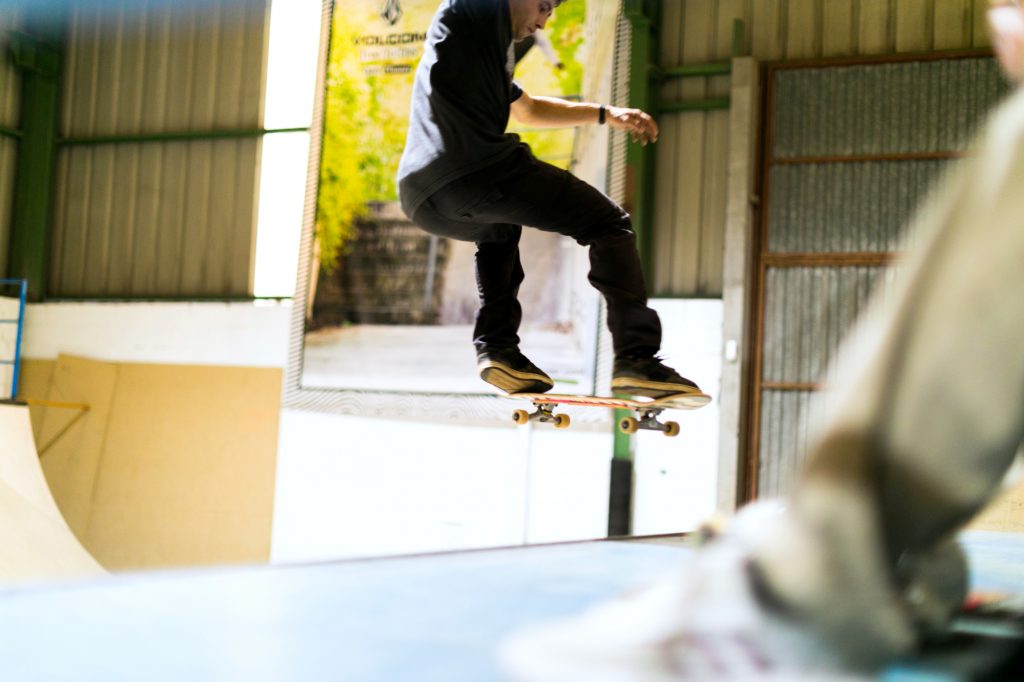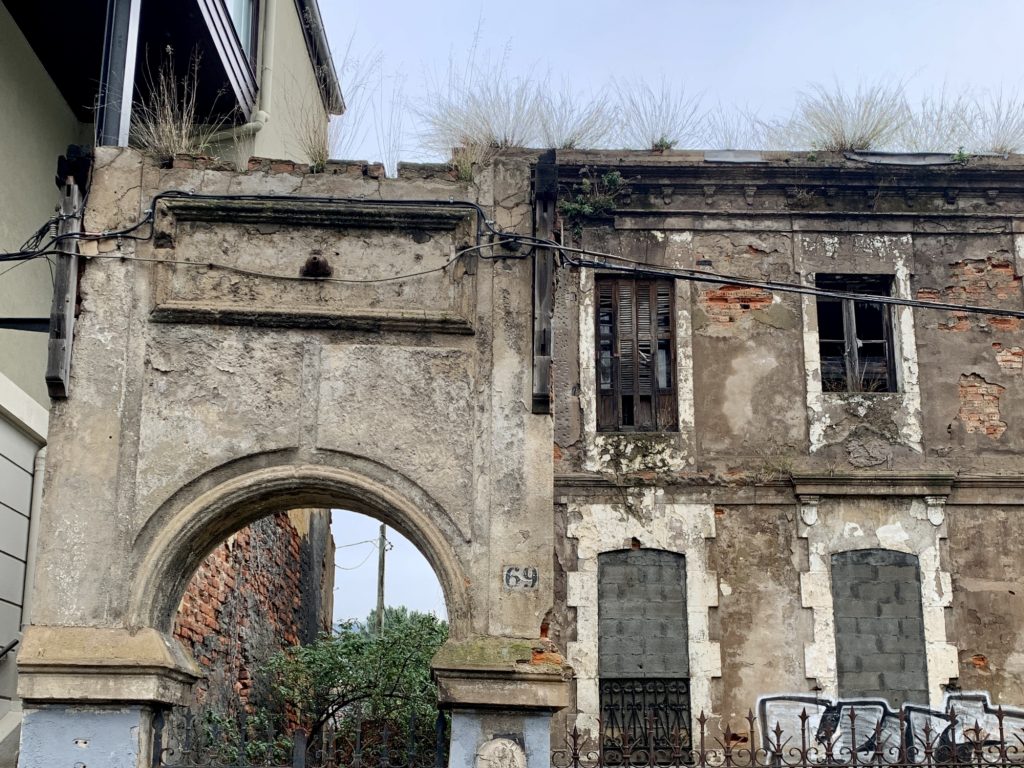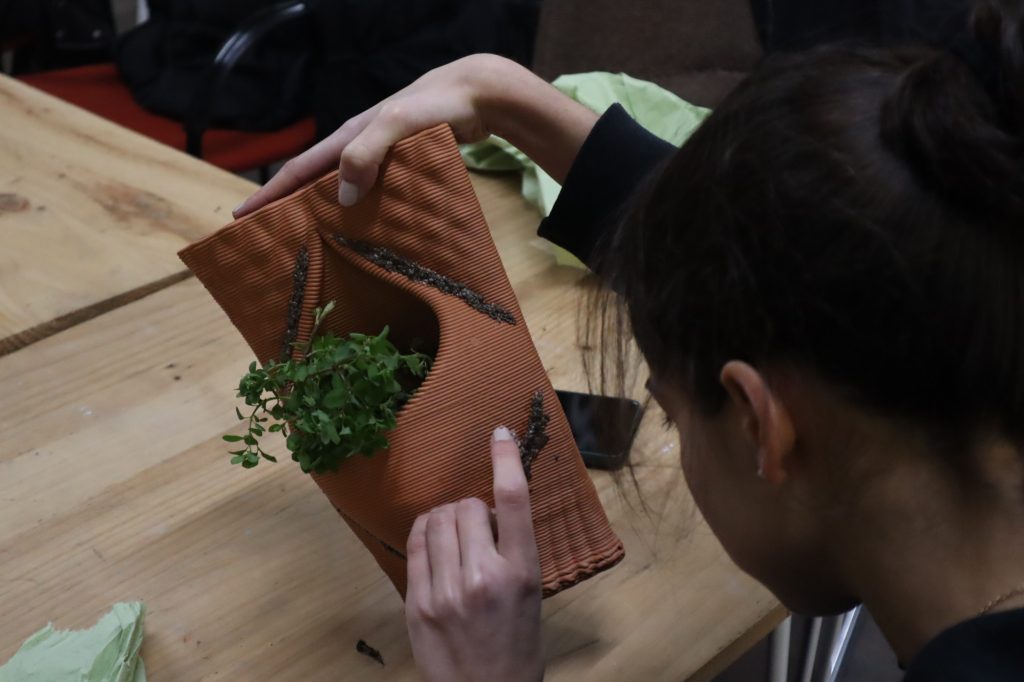Toolbox in Action
Explore how participatory meanwhile interventions unfolded in the context of seven regeneration initiatives across Europe & Asia.
Particularly suggested for policy-makers, practitioners, and researchers.
About
Zorrotzaurre Bilbao
Zorrotzaurre is an artificial island located within the Deusto district of Bilbao. The full opening of the canal in 2018 – whose construction works already started during the 1950s and the 1960s – symbolically marked the starting point of the transformation of the island, one of the most ambitious urban and social projects of the city.
For decades, Zorrotzaurre has been an important industrial site specialised on iron, steel and shipbuilding industry, contributing massively to boost Bizkaia’s economy. Industrial buildings such as “Coromina Industrial”, “Metalduro Mefesa” or “Cromoduro” still remain as good testimonies of what was once the skyline of Zorrotzaurre. The decline of the area started in the 1980s hand in hand with the global industrial crisis, and many local industries were forced to close or relocate elsewhere. The area went through progressive disinvestment and abandonment, with buildings and infrastructure that increasingly experienced decay and degradation. Today, barely 500 people live in the area and living standards – including in terms of housing, mobility, green spaces and basic services – have been deteriorating over the years. However, Zorrotzaurre is also home to a diversity of small cultural and creative activities – almost community-led – that in recent years have located in former industrial sites, contributing to the emergence of a “meanwhile” that has provided the island with social life and economic activity.
The regeneration project
The Zorrotzaurre project is the most recent major redevelopment in Bilbao. The regeneration is meant to revert abandonment and decay in the island, transforming it into a mixed used space where housing and knowledge-based economic activities coexist side by side – further developing and boosting the culture-led transformation of the city that already started in the 90s with the opening of the Guggenheim Museum.
The masterplan was designed by the Anglo-Iraqi architect Zaha Hadid in 2004 and further revised in 2007 to incorporate the full opening of the Canal. It envisions Zorrozaurre as a sustainable, innovative, knowledge- based island that will have life 24/7. The transformation will turn Zorrotzaurre into a new business district, influencing the entire city.
Following the narrative of “becoming an island”, the plan converts the waterfronts into pathways with green spaces and educational, sports and cultural services, and it lays out housing in strips, perpendicular to the river and the canal, to ensure that everywhere has a sight of water. In terms of environmental sustainability, the island will have flood risk reduction systems, zero-emissions buildings, 100% electric public transport, spaces for electric cars, and a pumping and cleaning system for street cleaning and irrigation.
Challenges and Opportunities for Meanwhile intervention
Zorrotzaurre is currently one of the largest redevelopments in the city, which aims to transform this former industrial site into a landmark of innovation, with a special eye on cultural and creative industries. Prestigious universities such as IED Kunsthal, DigiPen, Mondragon University have recently settled in the island and others will soon come, joining an already existing ecosystem of cultural and creative grassroots organisations that in the past 10 years have contributed to keeping the site alive and vibrant. This will provide the opportunity to further boost the transformation of the whole of Bilbao from an industrial to a knowledge-based and cultural urban hub.
Yet, the redevelopment of Zorrotzaurre holds massive challenges. Not only is there a question mark around whether the regeneration will be able to replicate and trigger the well-known Bilbao’s effect; a key question is also around the future of the organisations and communities that are already active on site, and how we can mitigate the risk of disrupting and displacing their relational capital and social and economic value. In this context, a key mission for T-Factor in Bilbao is to explore how temporary uses can drive novel forms of multi-stakeholder collaboration, particularly through ‘co-creation alliances’ between Universities and grassroot initiatives that can contribute to build a diverse, pluralistic and creative urban software.
City: Bilbao
Country: Basque Country – Spain
Location: Zorrotzaurre is an artificial island in Bilbao’s Estuary. Former industrial area, mostly related to the port activities, in the outskirts of Bilbao.
Scale: 84 Ha
Investment: public investment of €197M exclusively dedicated to urbanisation works. There is not yet a comprehensive budget for refurbishments, new buildings and to attract investors
Land: phase 1: 51% of land is publicly owned (Municipality of Bilbao and Basque Government) and 49% privately owned
Governance: public-private partnership
Timeline:
- 2004 Masterplan approved
- 2007 Masterplan revised
- 2012 Implementation starts
- 2052 Expected end date






Privacy Overview
| Cookie | Duration | Description |
|---|---|---|
| cookielawinfo-checkbox-analytics | 11 months | This cookie is set by GDPR Cookie Consent plugin. The cookie is used to store the user consent for the cookies in the category "Analytics". |
| cookielawinfo-checkbox-necessary | 11 months | This cookie is set by GDPR Cookie Consent plugin. The cookies is used to store the user consent for the cookies in the category "Necessary". |
| CookieLawInfoConsent | 1 year | Used to save user's preferences about the cookies. |
| PHPSESSID | session | Preserves user session state across page requests. |
| viewed_cookie_policy | 11 months | The cookie is set by the GDPR Cookie Consent plugin and is used to store whether or not user has consented to the use of cookies. It does not store any personal data. |
| Cookie | Duration | Description |
|---|---|---|
| _ga | 2 years | This cookie is set by Google Analytics. It is used to identify unique users and it expires after 2 years. |
| _gat | 1 minute | This cookie is set by Google Analytics. It is used to by Google Analytics to throttle request rate. |
| _gid | 24 hours | This cookie is set by Google Analytics. It is used to identify unique users and it expires after 24 hours. |